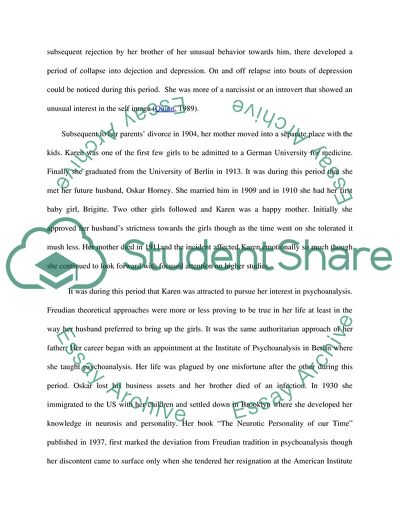Cite this document
(“Adolescent Diaries of Karen Horney Literature review”, n.d.)
Adolescent Diaries of Karen Horney Literature review. Retrieved from https://studentshare.org/social-science/1727558-karen-horney
Adolescent Diaries of Karen Horney Literature review. Retrieved from https://studentshare.org/social-science/1727558-karen-horney
(Adolescent Diaries of Karen Horney Literature Review)
Adolescent Diaries of Karen Horney Literature Review. https://studentshare.org/social-science/1727558-karen-horney.
Adolescent Diaries of Karen Horney Literature Review. https://studentshare.org/social-science/1727558-karen-horney.
“Adolescent Diaries of Karen Horney Literature Review”, n.d. https://studentshare.org/social-science/1727558-karen-horney.


